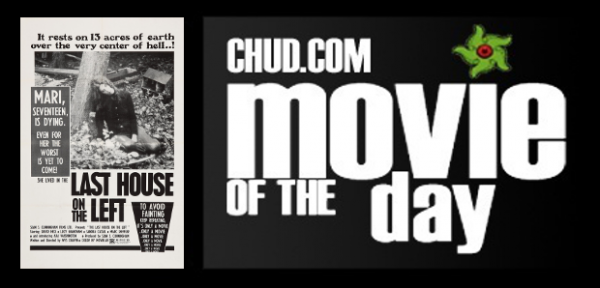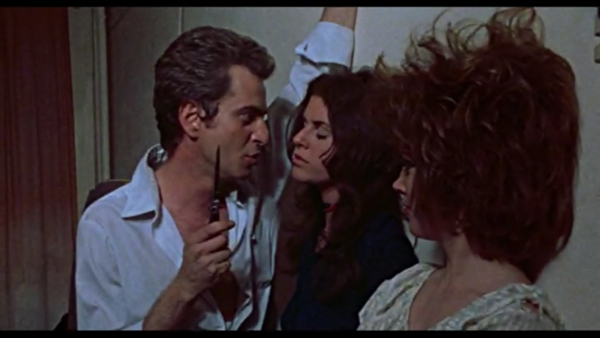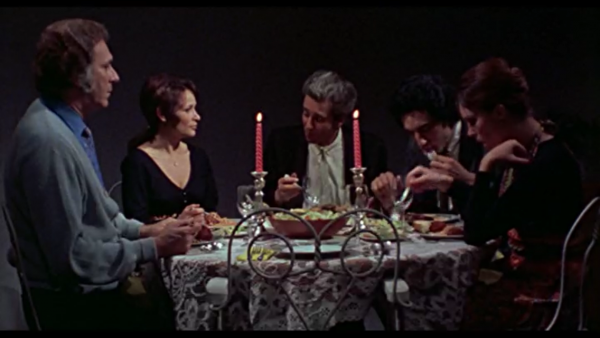The Film: The Last House on the Left (1972)
The Principles: Written and Directed by Wes Craven
Acted by David Hess, Sandra Peabody, Lucy Grantham, Marc Sheffler, Richard Towers, Cynthia Carr
The Premise: The Last House on the Left is about a young woman named Mari who convinces her parents to let her go to a concert in a bad neighborhood in early 1970s New York. Mari and her friend Phyllis spend the day toting around until they mistakenly seek out drugs from a junkie ex-convict. The young women are then tortured and killed by a group of maniacal and twisted ex-cons. When the group makes their way to Mari’s house in the woods, her parents retaliate by attempting to kill them to avenge their daughter.
Is It Good?: Man this movie is a tough watch. Equal parts 70’s exploitation, snuff film and softcore porn storytelling before the sex, The Last House on the Left is a film made with the intent of stirring people up and causing controversy. The graphic depictions of women being tortured, violated and then killed are extremely unsettling and unnerving due to the mostly competent filmmaking. Wes Craven knew how to make films even when the subject matter of the picture was downright deplorable and sickening.
Mari and Phyllis head into the city for a rock show, and are almost immediately taken hostage by violent and perverted ex-convicts. The evil gang is led by the evil Krug, played by David Hess in his first role working with Craven, and they proceed to rape and mentally abuse the captured women. Mari and her friend are then thrown into the back of a car and driven out into the woods to be tortured and killed and dumped. When Mari’s parents realize what happened after Krug and the gang show up to their house, the film turns into a battle of survival and home defense.
One thing that seemed pretty constant throughout Wes Craven’s career was he often allowed his actors to ‘cut loose’ in front of the camera. What makes The Last House on the Left stand out is how uneven the tone of the film is when cutting between jokers talking jive and brutal scenes of violence, sexual abuse and murder. The practical gore effects work with the grit and the griminess of the cinematography and makes the impact all the more unsettling. There is a very cynical and mean theme running through this film, and it really seems like the filmmakers approached this with a “this is what you want, this is what you get” mentality. Even the soundtrack is jaded.
Random Anecdotes: Sean S. Cunningham has stated that this film was made as an attempt to break into the film industry after previous attempts failed with making poorly received children’s films.
David Hess actually performed a good chunk of the soundtrack to include the goofy sounding and completely inappropriate Three Dog Night pastiche ‘Sadie and Krug (Baddies Theme)‘
Director Steve Miner also worked on this film as a production assistant.
Cinematic Soulmates: Scream, Straw Dogs, Home Alone, I Spit on Your Grave, Harold and Maude, The Andy Griffith Show, Deliverance


